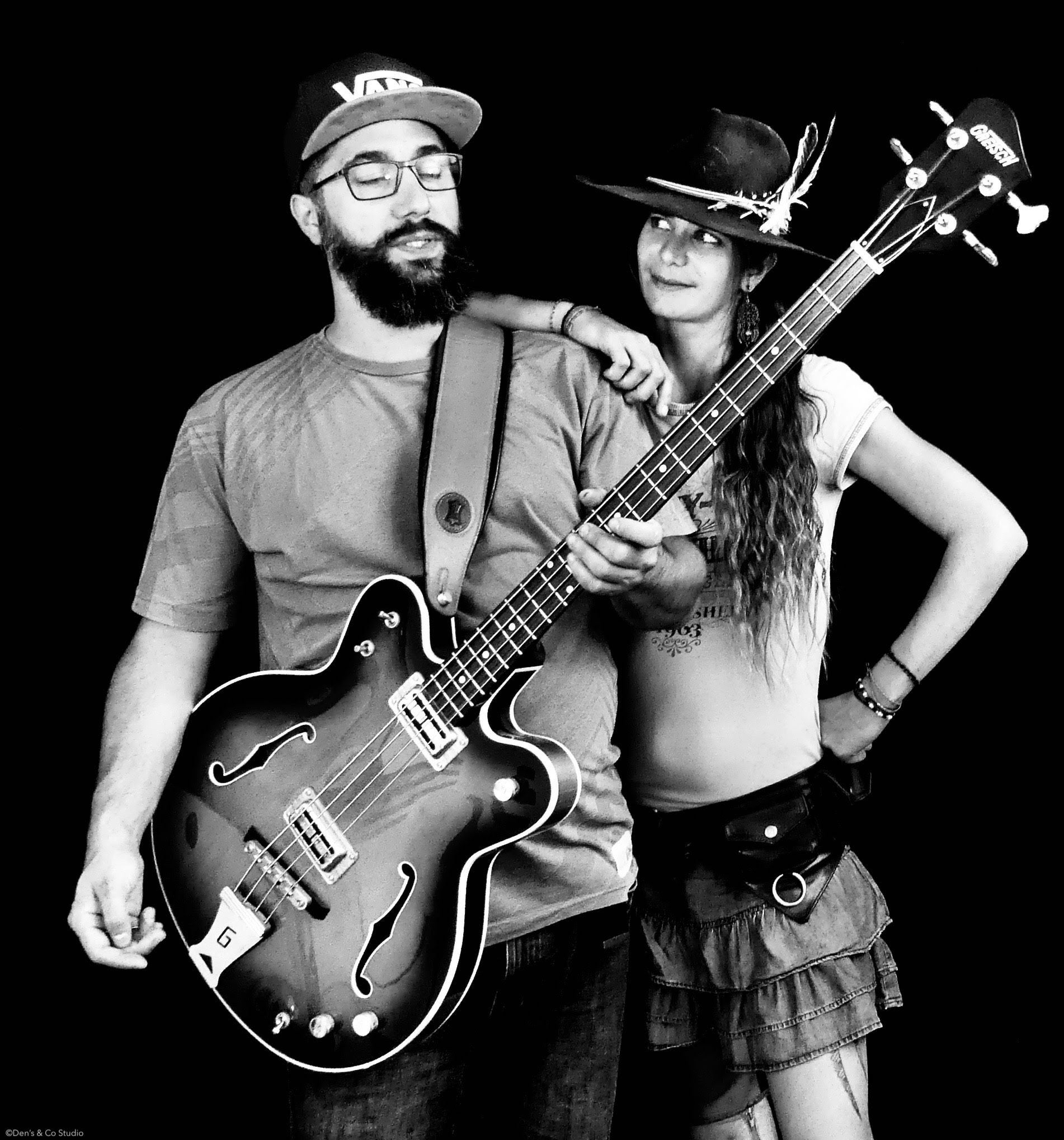
| Follow @ttoine
Grenoble, France
Community manager at Hyland. Founder of Une Jolie Musique, a not for profit studio using open source and open source based software only to record music and produce videos. I also teach and advise on open source, and write tutorials. Involved in various Open Source and Free Software projects and communities for many years. Ubuntu Studio co-founder.

Authored Comments
I see some comments against Inkcapse or Gimp... I often use Inkscape and Scribus, and send PDF to printing companies (from A4 to 2 meter high roll'ups). I never had any complain with the quality of my PDF, and the prints were always very good.
One part of this, is that Scribus respect perfectly the PDF specs. The second part is that I understand what a printing company is expecting (CMYK, the good color profile, respect of their templates, ...). And I do my work based on that. I see many colleagues working with InDesign or Photoshop having issues, because they expect their software will do that for them, telling me that printing a company rejected their pdf... indeed...
On the web graphic part, I am often asked by the webdev to redo some picture (e.g: backgrounds, sliders) exports with Gimp: it is far better than Photoshop or Illustrator to optimise pictures for the web. They could do that themselves, but they know that I am fast with Gimp and they don't know it well, so why learning it?
On the audio part, using Ardour, yes, you might have limitations with edition and midi compared to Logic. But anyway, you can build wonderful templates, with a workflow and an sound close to an analogue console.
And sometimes, you have to do some compromises, like in the video area: most of codecs are not free, and you need to rely on non free GNU/Linux distributions, or non/free apps like VLC or Shotcut.
But working on a video or recording music project is not only an issue of software. You have to know how to use devices, hardware, manage the artists and the studio/set, create the story board, compose the music... The software comes actually at the end. And this is just a tool. The tool should not tell you how to work, but instead, you should be able to work the way you want.
That is the issue I have with Adobe or Avid in general: you have to adapt your workflow to the tools/softwares. So I like open source softwares for I can select the one I need, and use it the way I want. And if I miss something and I am working on an important project, I know that I can improve it the way I need. A bug can be fixed. And that makes open source software more powerful than any proprietary software.
Some important vendors like Harrison or Waves understand that and are building softwares based on Ardour (I own a Harrison Mixbus license). Blackmagic or Lightworks softwares and devices are available for GNU/Linux. There is a move from vendors to open source and GNU/Linux because their users/customers now understand the real interest: stability, IP management, sharing the development costs, ...
So it really depend on you, and if you are willing to learn new tools, new ways to work, and be independent. We actually don't care if Adobe or other are better.
Actually, there is a bachelor of art in communication in my area, teaching everything with open source only. You can have more information here: http://colibre.org/colibre/presentation/ (FR)
I am teaching to the student of this bachelor how to produce audio and video using free software only, using Ubuntu Studio and a set of carefully chosen software. (e.g: Ardour, Kdenlive or Shotcut, Inkscape). And the result is very interesting.
What I really like about the work of the students, is that using different tools than adobe, they are creative in a different way. Also, their focus is more on the process, the workflow, than mastering the tool. And the result is good: their work is more original and interesting than the students in classic "adobe" bachelor.